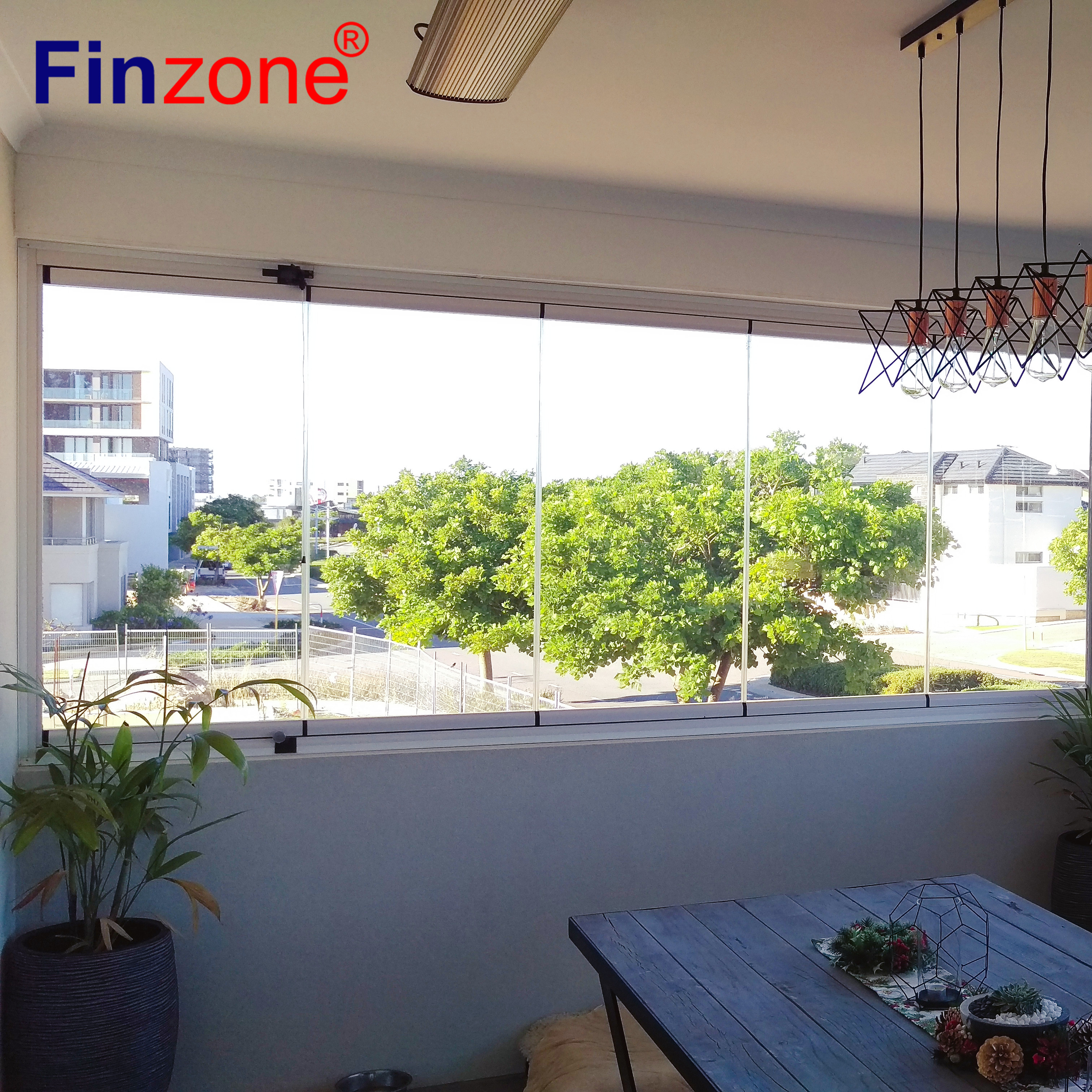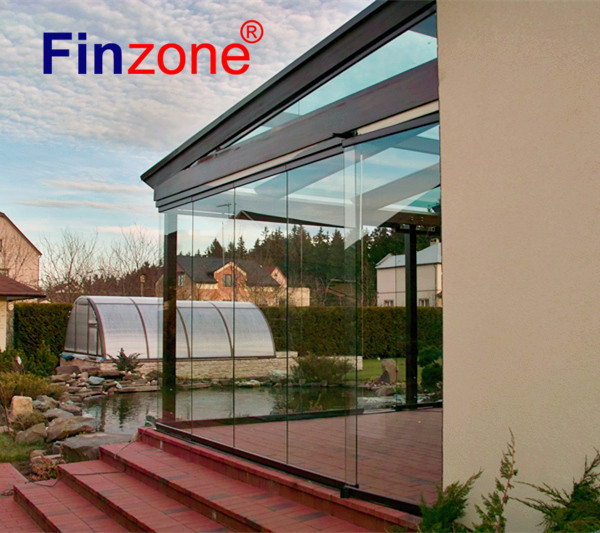
Frameless windows have become increasingly popular in modern architecture and interior design. These sleek and minimalist windows offer a seamless and unobstructed view of the outdoors, creating a sense of openness and spaciousness in any space. But how do frameless windows work, and are they better than traditional framed windows?
Frameless windows, also known as structural glazing systems, are designed to eliminate the need for bulky window frames, allowing for a clean and contemporary look. These windows are typically made from tempered or laminated glass, which is held in place by specialized structural support systems such as point-fixing or channeling. The absence of visible frames creates a seamless and uninterrupted view, blurring the boundaries between the indoor and outdoor spaces.
One of the key features of frameless windows is their ability to maximize natural light and ventilation. Without the obstruction of frames, these windows allow for unobstructed sunlight to flood the interior, creating a bright and airy atmosphere. Additionally, frameless windows can often be opened fully to allow for maximum airflow, promoting natural ventilation and a connection to the outdoors.


In terms of aesthetics, frameless windows offer a sleek and modern look that complements contemporary architectural styles. The clean lines and unobstructed views create a sense of openness and fluidity, making them an ideal choice for those seeking a minimalist and sophisticated design.
From a functional standpoint, frameless windows are also known for their durability and strength. The use of tempered or laminated glass, along with robust structural support systems, ensures that these windows can withstand the elements and provide enhanced security. Additionally, the absence of traditional frames reduces the risk of water and debris accumulation, making maintenance easier and more straightforward.
When it comes to the question of whether frameless windows are better than traditional framed windows, the answer largely depends on individual preferences and specific requirements. Frameless windows offer a range of benefits, including unobstructed views, enhanced natural light, and a modern aesthetic. However, they may also come with a higher price tag due to the specialized materials and installation processes involved.
Traditional framed windows, on the other hand, have their own advantages. They are often more cost-effective and can be customized to suit a variety of architectural styles. Additionally, framed windows may offer better insulation and energy efficiency, which can be important considerations in certain climates.

Ultimately, the decision between frameless and framed windows will depend on factors such as budget, design preferences, and functional needs. Both options have their own unique appeal and can be suitable for different applications.
In conclusion, frameless windows offer a contemporary and stylish alternative to traditional framed windows. Their seamless design, unobstructed views, and enhanced natural light make them a popular choice for modern architecture and interior design. While they may come with a higher cost, the benefits of frameless windows in terms of aesthetics and functionality make them a compelling option for those seeking a sleek and minimalist look in their living or working spaces.
Post time: Mar-26-2024